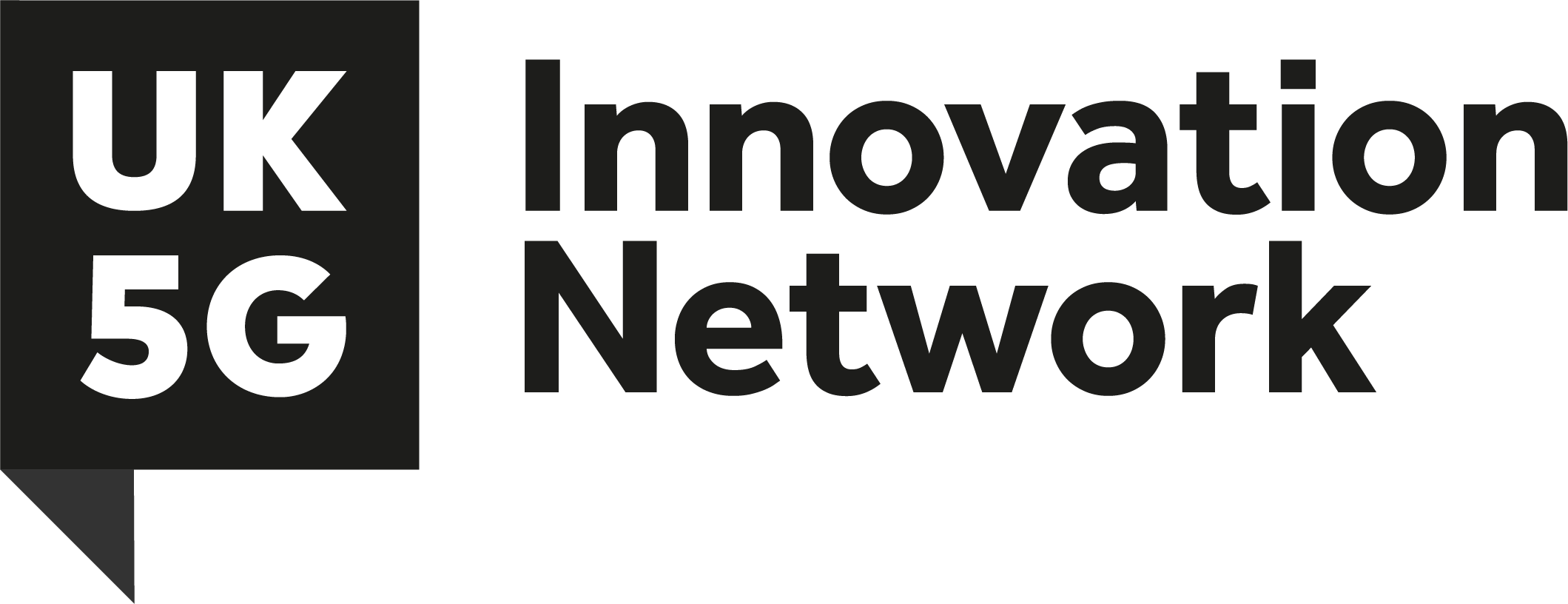Between Mainland, Orkney and South Ronaldsay lies Burray Village.
This small corner of the Orkney Islands is home to 350 people, a primary school, shop, hotel – and an incredible fossil centre.
I’ll be honest, I don’t think my kids would recognise and appreciate the 380 million year old artefacts in the center as much as they should. However they definitely would comment on the mobile coverage in and around Burray Village: “Dad, my phone doesn’t work here” would almost certainly be the refrain.
A few weeks ago, I was driven through Burray Village and couldn’t hold a phone conversation without it cutting out. And 4G data? Forget it. Yet official Ofcom coverage shows that at least outdoor mobile coverage for Burray Village should be good. But it’s not. It’s certainly not pervasive across the village. Burray, like many towns (and even urban/suburban centres suffer from this problem), has more than its fair share of “not spot” mobile coverage.
Until now.
We’re delivering the benefits of the modern era to this historic location by bringing connectivity, enabled by the first 5G core network in Scotland, to the village. In this blog post, I’d like to explain how and why we’re doing it.
Bringing 5G to Orkney
Across the group of 70 islands that comprise the Islands of Orkney, we’re planning to bring high speed 5G mobile connectivity to:
- Sanday: the village, NHS health centre, local airport and community centre
- North Ronaldsay
- St Margaret’s Hope: coverage for most of the village
- Ayre of Cara and Burray Village
As part of this test, we will examine the performance of radios operating in the proposed 700MHz 5G band. Since this is a lower frequency, we expect these tests to show wide coverage across rural areas.
5G Spectrum Bands
Let’s first take a slight diversion: There is a real myth growing in 5G circles – and I include the technical community in this too. That 5G is all about the millimetre wave frequencies. I even see some internet discussion that 5G is about 60 GHz, 100 GHz and beyond. That is not the case in most countries. Much 5G traffic will be carried on 700 MHz bands (UK – the USA is looking at 600 MHz also) and also in the 3.4-3.6 GHz band. So not too different from TV and WiFi frequencies respectively.
5G.co.uk has a good article on UK 5G frequencies – the so-called 5G “pioneer” bands – as being proposed in the UK. These bands are UK specific, although most countries across the world are following a similar spectrum strategy – so please do check your local details.
Back to Burray Village
In Burray Village, which is connectivity challenged, we are aiming to deliver speeds of up to 70 Mbit/s download and 20 Mbit/s upload. Note that due to the spectrum we have allocated for this trial (20 MHz band), we are not able to push the Parallel Wireless radios to the speeds that it is capable of (250 Mb/s or there abouts).
To do this, we’ll be working with organisations across the networking industry and some of our 5G RuralFirst key partners. In this case Parallel Wireless, Shefa (the UK subsidiary of Faroese Telecom) , local ISP CloudNet – and this “5G Ecosystem” together with lead Cisco Systems, will deliver the first 700 MHz 5G powered mobile internet to Burray Village. The Tier III data center operated by DataVita in central Scotland will play a key role – with both the Cisco 5G core and the Parallel Wireless Hetnet Gateway installed here in what is the UK’s most modern data center.
The 5G RuralFirst project has – thanks to Shefa – been able to leverage a tower built for microwave link to a local oil industry platform. Parallel Wireless radios have been installed – pretty low down on the tower it has to be said. And with a physical size footprint that you would be forgiven for missing them on the tower.
The Parallel Wireless radio used on the tower is ideal for use in rural settings, because it is very low cost, excellent coverage and small physical footprint. .
I think it’s amazing there so many organisations – especially big tech companies – are putting competitor differences aside and pulling together as a 5G ecosystem to provide solutions for communities like the Orkney Islands. Indeed, I’d say that the ability to form a successful 5G ecosystem is a pre-requisite for any successful 5G rollout. This for me is one of the main learnings from our 5G RuralFirst Testbed and Trial experience. And this will be more important as 5G evolves into vertical industry/enterprise use cases.
In providing connectivity for people who need it, it’s clear that the 5G RuralFirst project really is doing good for the world, and we expect our connectivity to be the basis for further innovation in and around the Orkney Islands
Take a look at our video to find out more about the tower connecting Burray Village.
Wrapping Up
One of the big aims of the 5G RuralFirst project is to engage rural communities in how 5G could benefit them, personally and professionally.
This starts with introducing connectivity to places that have previously gone without it – what we sometimes call ‘not-spots’.
It’s especially important in a remote place like Burray Village, which up to now has been made even more remote by a lack of pervasive and consistent connectivity. Tourists – who contribute substantially to the economy across the Orkney Islands – will particularly appreciate connectivity in such remote beauty spots
Extending coverage to Burray will help prevent social isolation among the people who live there. It means a huge amount to this small community to be able to link up with the rest of the world so easily and effectively.
They can video call friends and family, do their banking and shopping online – and stream the best TV programmes!
Connecting organisations to connect people
Burray Village is set in amongst beautiful scenery. The day I visited I could see snow covered hills on one of the other islands – it was stunning, quiet and peaceful. Part of its beauty lies in its remote location – but this shouldn’t be something that holds it back.
Providing pervasive connectivity to his part of Orkney will make a huge difference to their lives of the people who live here and who visit this lovely location.
And it’s only possible with a collaborative, ecosystem approach.


